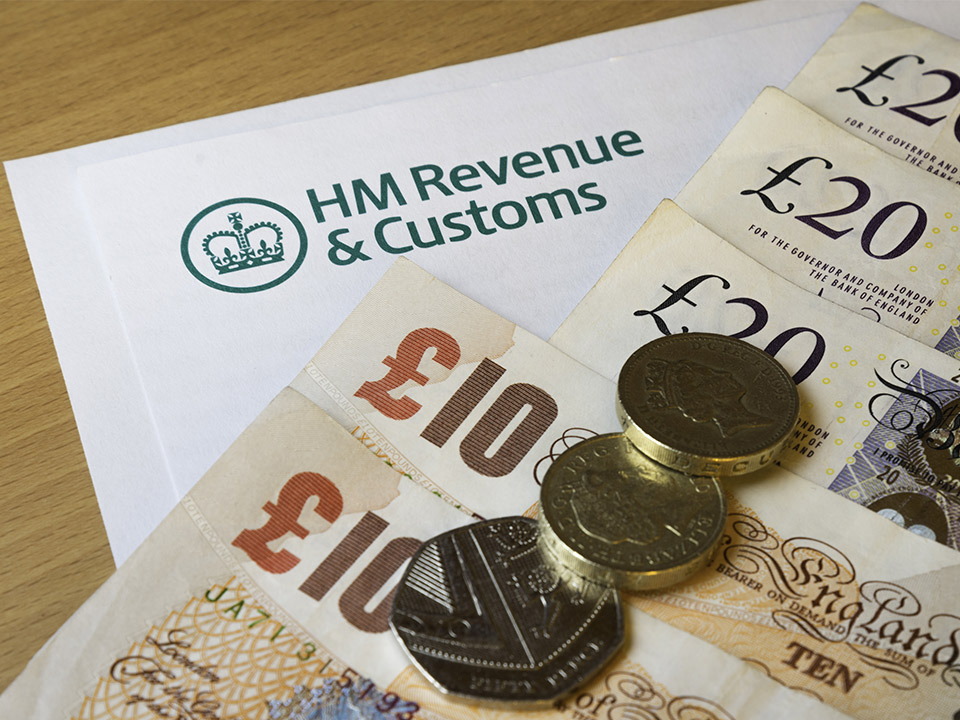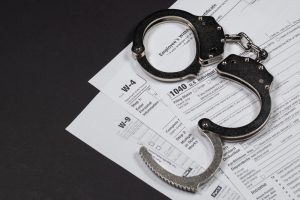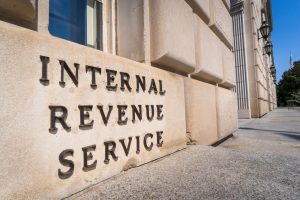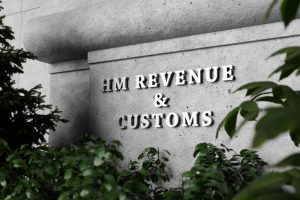How to File Your Tax Return in the UK: A Step-by-Step Guide for 2025
Filing your tax return in the UK can seem daunting, but with a clear understanding of the process, it becomes much more manageable. Whether you’re self-employed, a landlord, or earning additional income outside of your standard salary, filing a tax return is an important part of staying on the right side of HM Revenue & Customs (HMRC). Here’s a comprehensive guide to help you navigate the process smoothly.
1. Do You Need to File a Tax Return?
First, you need to determine if you’re required to submit a Self Assessment tax return. In the UK, not everyone needs to file a return, as many employees pay their tax through the Pay As You Earn (PAYE) system. However, if any of the following apply to you, you will likely need to file a Self Assessment tax return:
- Self-employed: If you’re a sole trader or in a business partnership.
- Landlords: If you receive rental income above a certain threshold.
- Additional income: If you earn untaxed income, such as income from savings, dividends, or investments.
- High income: If your income is over £100,000 per year.
- Claiming tax relief: If you want to claim expenses or tax reliefs, such as marriage allowance, blind person’s allowance, or for charitable donations.
If you’re unsure, you can check the HMRC website or contact them directly for confirmation.
2. Register for Self Assessment
If you’ve never filed a tax return before, the first thing you need to do is register for Self Assessment. This can be done online via the HMRC website. You’ll need to do this well in advance, as the registration process can take several weeks, and you won’t be able to file your return until you’ve received your Unique Taxpayer Reference (UTR).
- How to Register: Visit the HMRC registration page for Self Assessment and follow the instructions. If you’re self-employed, you’ll need to register as a sole trader or business. If you're in a partnership or running a limited company, you'll have to register accordingly.
- UTR Number: After registering, HMRC will send you a Unique Taxpayer Reference (UTR) number, which is essential for filing your tax return. Keep this safe for future use.
Before you start filing your return, you’ll need to collect all the relevant information regarding your income and expenses. This will ensure you provide accurate details and claim any deductions you’re entitled to. Here’s what you’ll typically need:
- Income: Details of your income from employment (P60 or P45), self-employment (invoices, business records), rental income, savings, investments, dividends, and any other sources of income.
- Expenses: If you’re self-employed, you can claim allowable expenses such as business costs (e.g., office supplies, travel expenses, and working from home expenses). Make sure to keep receipts or records to back up your claims.
- Pension Contributions: If you’ve paid into a pension, this may reduce your taxable income.
- Tax Codes: Ensure you know your tax code if you are employed. This is used to calculate how much tax you pay on your salary.
4. Create Your Online Account
Once registered, you’ll need to create an online Self Assessment account on the HMRC website. This is where you’ll complete and submit your tax return.
- Login details: You’ll use your Government Gateway user ID and password to log in. If you’ve forgotten these, HMRC can help you reset them.
- Your Online Tax Return: After logging in, you’ll be directed to the Self Assessment section, where you can fill out your tax return.
5. Complete Your Tax Return
Now it’s time to fill out your Self Assessment tax return. You’ll be asked a series of questions about your income and allowable expenses. The online system will guide you step by step. Here are some common sections to expect:
- Personal details: Your name, address, and UTR.
- Income: Enter all details of your income sources. If you’re self-employed, you’ll need to include income and expenses from your business. For employed income, you’ll enter the details from your P60 or P45.
- Allowable Expenses: If you’re self-employed or have expenses related to your work, you can enter them here to reduce your taxable income.
- Other income: If you have any other untaxed income, such as savings interest or dividends, you’ll need to report it here.
- Tax Relief: If you’re eligible for any tax reliefs (e.g., pension contributions, charitable donations), ensure you include them.
6. Calculate and Pay Your Tax
Once you’ve entered all the information, the online system will calculate how much tax you owe. You’ll then need to review your return for accuracy.
- Payments on account: If you’re self-employed, HMRC may require you to make advance payments toward your tax bill for the following year. This is known as “payments on account.”
- Payment options: You can pay your tax bill online through several methods, including:
- Online banking or debit/credit card
- Direct debit
- Bank transfer
- By cheque
Ensure you pay the amount owed by the deadline to avoid penalties and interest. The deadline for submitting your tax return is usually 31st January following the end of the tax year (5th April). The same date applies for paying any tax you owe.
7. Submit Your Tax Return
Once you’ve double-checked everything and are satisfied with your entries, it’s time to submit your tax return. The HMRC system will provide a confirmation once it’s submitted. Make sure to save or print this confirmation for your records.
8. Keep Records
It’s important to keep all records related to your tax return for at least 5 years after the 31st January submission deadline. This includes receipts, invoices, and any other documentation used to complete your return. This will help if HMRC ever requests further information or decides to investigate your tax return.
Key Deadlines to Remember
- 31st October (Paper Returns): The deadline to submit your Self Assessment tax return if you’re filing on paper.
- 31st January (Online Returns): The deadline for submitting your online tax return and paying any tax due for the previous tax year.
- 31st July: The deadline for making a payment on account for the current tax year if required.
Penalties for Late Filing
If you miss the deadline for filing your tax return or paying your tax, HMRC can issue penalties. These penalties increase the longer you delay, so it’s essential to file your return on time and pay any outstanding amounts as soon as possible.
Filing a tax return in the UK may seem complicated at first, but by following the steps outlined above, you can stay organised and meet your obligations with ease. If you ever feel unsure about the process or need professional help, consider consulting a tax advisor or accountant who can provide personalised guidance and ensure you file correctly. By staying on top of your tax responsibilities, you’ll avoid unnecessary stress and penalties while ensuring you’re in full compliance with UK tax laws.
CALCULATE WHAT YOU OWE USING THE FREE HMRC TAX CALCULATOR HERE




















